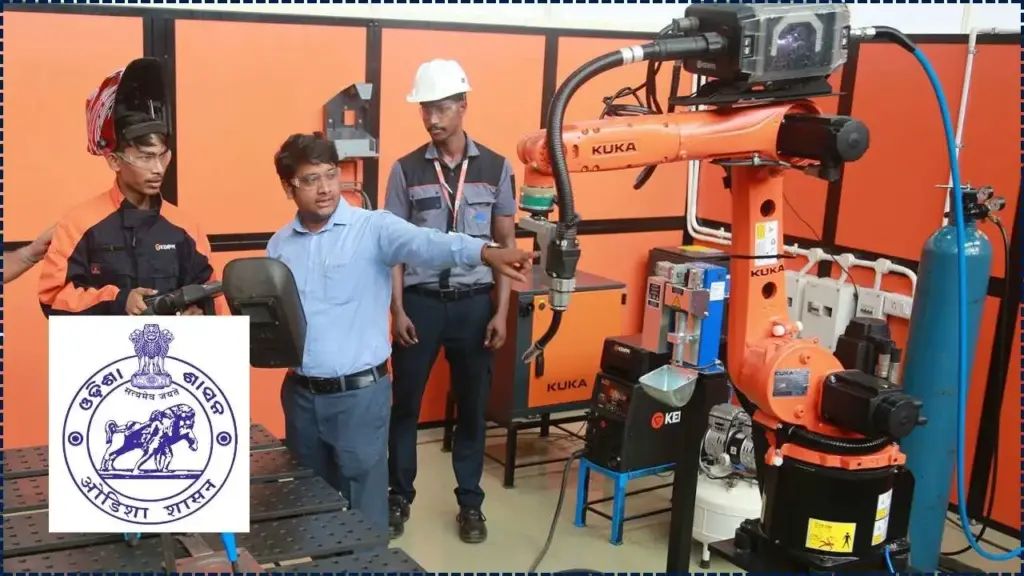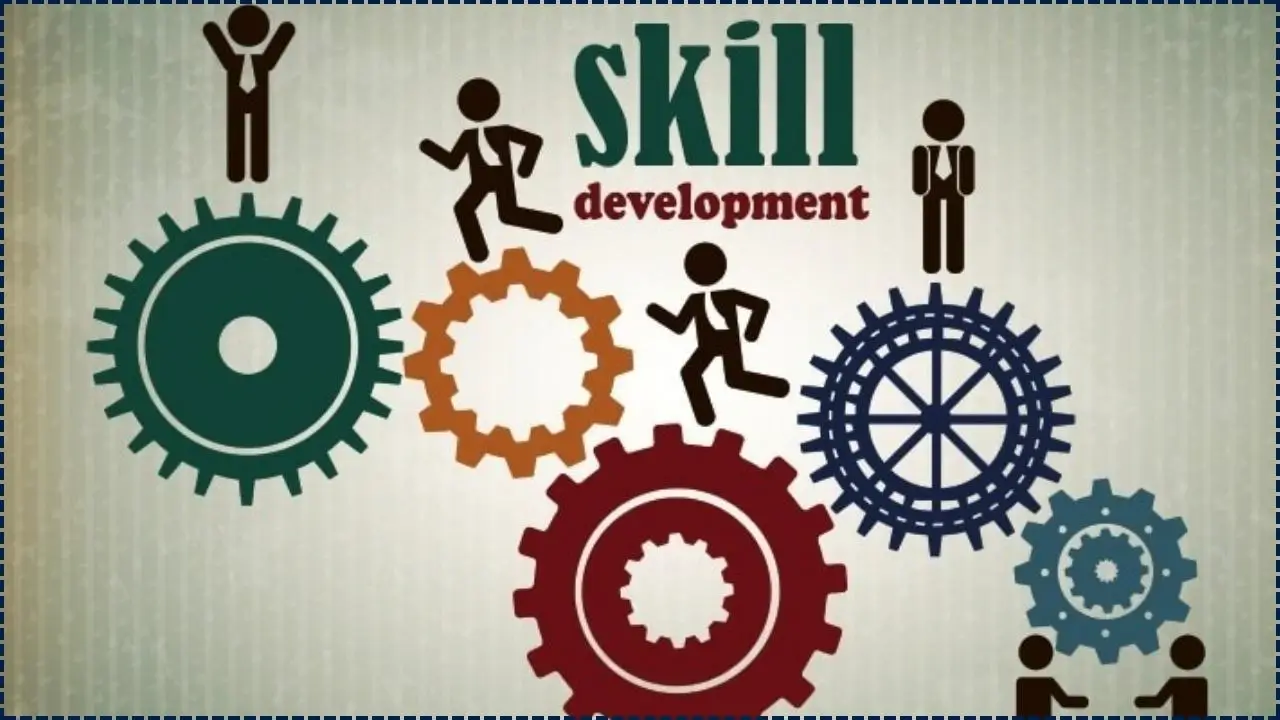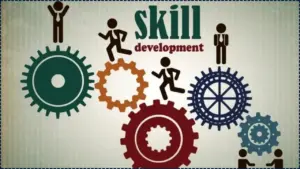To address the evolving demands of the workforce and enhance the employability of its youth, Odisha has launched new skill development policies. The state’s initiatives are designed to equip the younger generation with the skills needed for emerging industries such as artificial intelligence, renewable energy, and advanced manufacturing. These efforts are also aligned with national goals to create a skilled workforce ready for the future job market.

Odisha’s skill development policies are designed to provide youth with the tools they need to succeed in emerging job markets. While there are challenges to address, particularly in aligning training programs with actual job market needs and building infrastructure, the state’s ongoing efforts reflect a commitment to preparing its workforce for the future. By focusing on key sectors like AI, renewable energy, and advanced manufacturing, Odisha is positioning itself as a leader in preparing its youth for the challenges of the 21st century job market.
Key Features of Odisha’s New Skill Development Policies
Odisha’s new skill development policies have several key components that aim to create opportunities for youth and bridge the gap between education and employment.
1. Expansion of the World Skill Center
A cornerstone of the state’s initiative is the expansion of the World Skill Center (WSC), which offers world-class vocational training in fields like aerospace technology, marine engineering, and hospitality. The WSC, located in Bhubaneswar, has already seen success in providing advanced training, and with the help of partnerships with institutions such as Singapore’s ITE Education Services, the state is planning to open a second campus. This will broaden access to specialized skills training and better cater to the growing demand for technical skills in both India and globally.
2. Chief Minister’s Skill Development Fellowship
The Chief Minister’s Skill Development Fellowship seeks to enhance the state’s efforts by integrating skilled professionals into local ecosystems. This fellowship program aims to align the skills of youth with the actual needs of communities, ensuring that they are not only trained in the technicalities of a trade but also prepared to contribute effectively to their local economies. By focusing on sector-specific needs, this program aims to create a workforce that is both employable and entrepreneurial.
3. Nano Unicorn Scheme
Recognizing the importance of entrepreneurship in driving economic growth, Odisha has launched the Nano Unicorn Scheme, which provides seed funding and mentorship to young entrepreneurs. This initiative is designed to foster grassroots innovation by supporting start-ups in rural and urban areas. By providing financial resources and guidance, the scheme aims to reduce youth unemployment and promote self-employment, aligning with the state’s goal of creating a robust start-up ecosystem.
4. Artificial Intelligence (AI) Policy 2025
As part of its forward-looking agenda, Odisha has unveiled its AI Policy 2025, which will introduce AI education in schools and colleges across the state. The policy aims to train 8,000 citizens annually in AI by 2029, scaling up to 18,000 by 2036. This ambitious program also includes setting up AI innovation centres and incubation hubs. The state is focusing on nurturing a workforce that is not only technically adept but also innovative and future-ready in emerging fields like AI and data science.
Challenges in Skill Development and Employment
While Odisha’s skill development policies are ambitious, the state faces several challenges in ensuring that these initiatives lead to tangible employment outcomes.
1. Mismatch Between Training and Job Market Demands
Despite efforts to provide training, a lack of alignment between skill training programs and the actual job market remains a significant issue. According to reports, thousands of youth who completed skill development programs are still struggling to find jobs. This mismatch highlights the need for more robust industry partnerships and better market analysis to ensure that training programs are tailored to real job market demands.
2. Infrastructure and Resource Constraints
Despite Odisha’s efforts, there is still a significant gap in infrastructure and resources to meet the growing demand for skill development training. Many rural areas still lack the necessary facilities, instructors, and industry ties to provide quality vocational education. The state will need to increase investments in infrastructure to ensure that skill development is accessible to all, particularly in remote areas.
3. Retaining Talent in the State
While skill development initiatives are crucial for upskilling youth, retaining the trained workforce within the state poses a challenge. Many young professionals trained in emerging technologies like AI and data science often migrate to other regions for better opportunities, leading to a brain drain. To address this, Odisha must create incentive-based programs and employment opportunities that retain skilled talent within its borders.
Related Links
Uttar Pradesh Education Reforms: New Digital Learning Initiatives Launched
Rajasthan Tourism Policy 2025: Boosting Local Handicrafts and Rural Tourism
Tamil Nadu’s Water Conservation Plan: Farmers to Benefit from Innovative Schemes
Impact of Skill Development on Employment and Entrepreneurship
Despite challenges, Odisha’s skill development initiatives are showing signs of progress. The World Skill Center has already trained thousands of students, many of whom have secured positions in high-demand sectors. The Nano Unicorn Scheme has also witnessed success, with several start-ups already emerging from the program. This indicates that with the right support, these initiatives have the potential to significantly impact youth employment and entrepreneurship in the state.
Odisha has introduced a comprehensive skill development policy aimed at equipping its youth with the skills needed for emerging job markets. The initiatives focus on creating new learning opportunities, promoting entrepreneurship, and strengthening the link between education and employment.
















